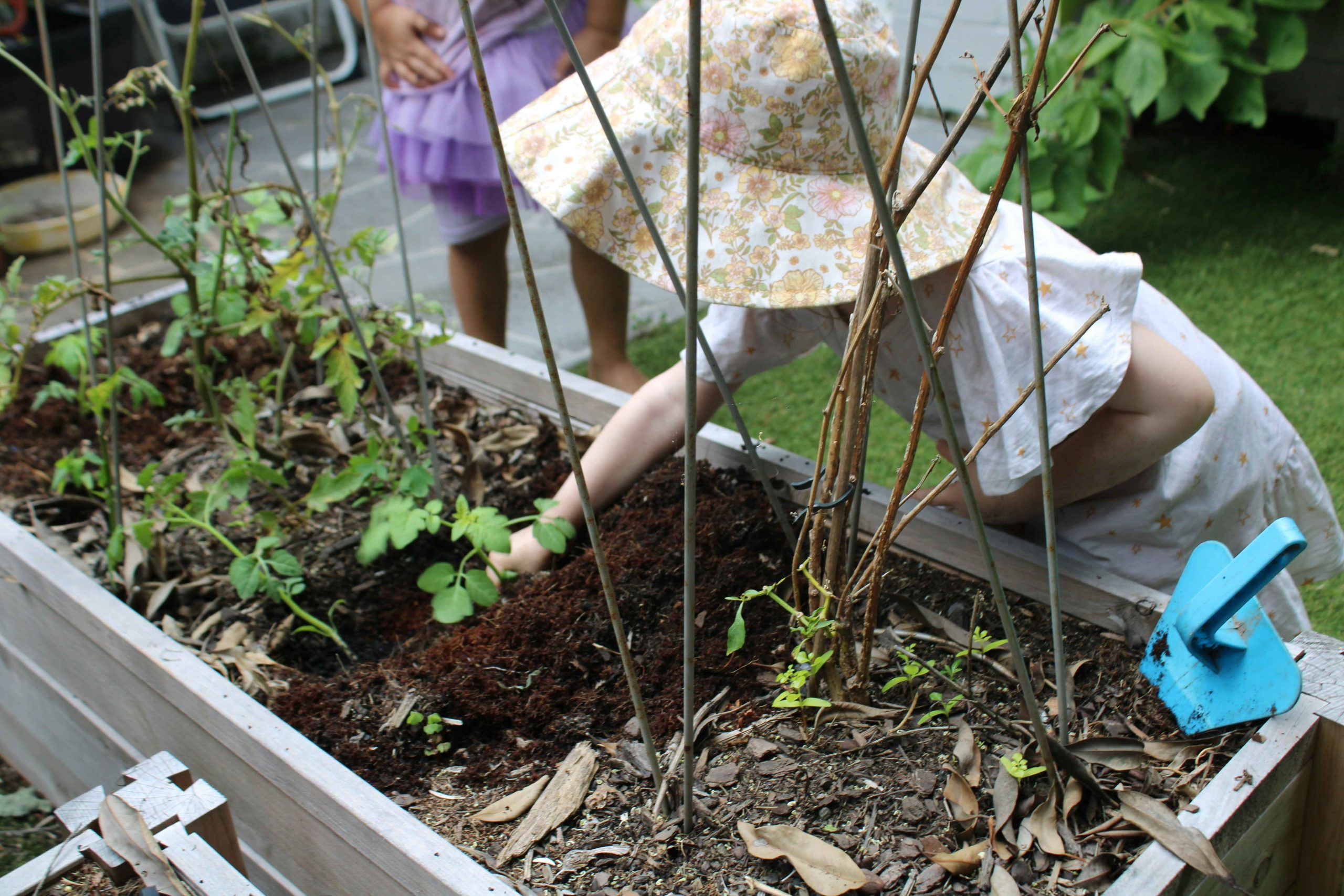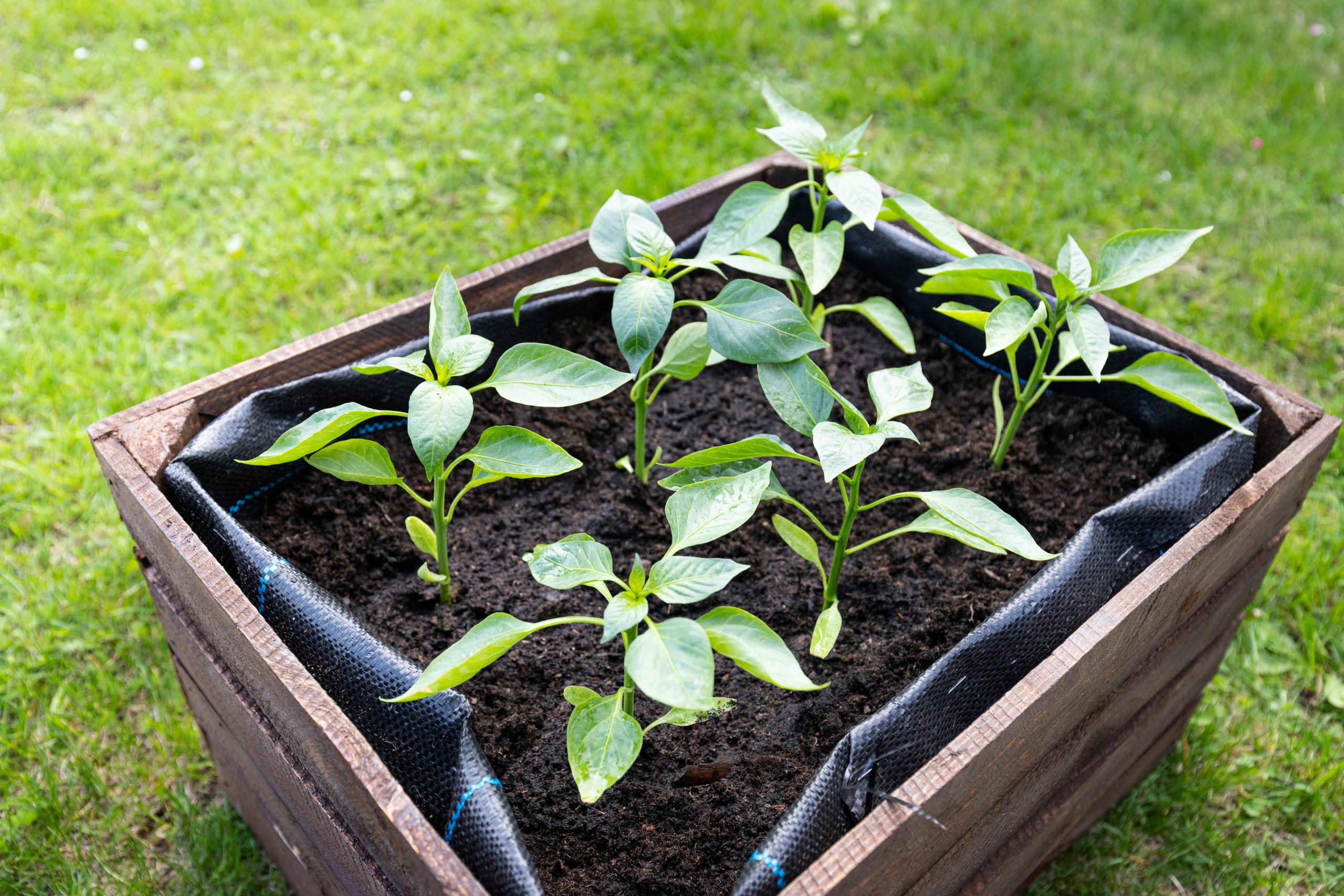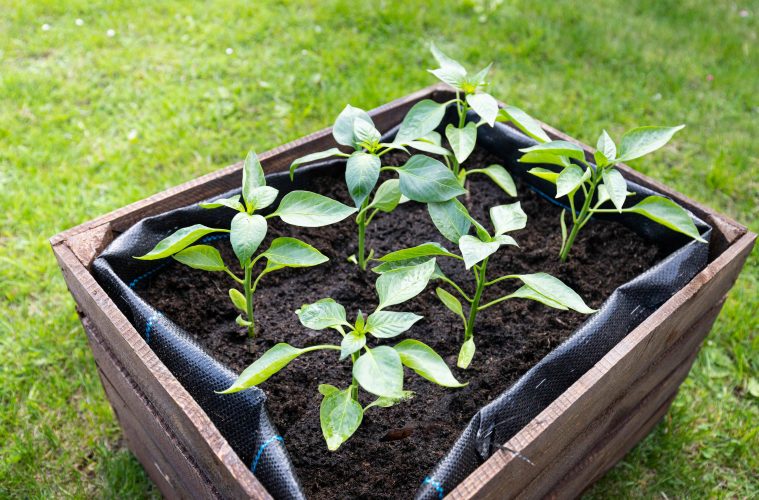Preparing raised beds properly is crucial for maintaining soil health and ensuring a productive garden. It involves more than just throwing in seeds and hoping for the best. Mistakes made during the preparation process can negatively impact the health, productivity, and longevity of your raised bed.

Image Credit: Unsplash
First mistake: Filling the bed with too much soil
If you’re prepping a raised bed for the first time, you need to resist the urge to fill it with soil. Not only is this expensive, but it is also unnecessary. You need to start building it up with dried leaves, sticks, cardboard, and other brown organic matter to fill the bottom. Then move on to adding compost and soil. This layering method helps mimic the natural decomposition and helps improve drainage, aeration, and nutrient cycling.
Second mistake: Growing in the wrong location
One of the best things about raised bed gardening is that it allows you to garden on top of paved surfaces and in other areas where you normally wouldn’t be able to. But if you position your raised garden in a location that doesn’t receive enough sun or a spot that is prone to flooding and drainage problems, your plants will likely fail. Most plants need at least 6 hours of bright light per day.
Third mistake: Ignoring soil nutrient replenishments
Changes in the growing season may lead to nutrient depletion in your soil. Failing to replenish these nutrients can result in poor crop yields and long-term degradation of the soil in the bed. To replenish the soil, till the soil well by adding compost or other organic matter. Doing this will replenish the essential nutrients and set the stage for healthy crop production.
Fourth mistake: Growing the wrong plants
Your favourite vegetables and herbs are often grown successfully in raised beds. However, larger plants with extensive root systems, such as corn and artichokes, may be too big for raised bed gardening. These plants can also pose challenges if your raised bed is placed on a paved surface that restricts the downward growth of their roots.
Fifth mistake: Spacing beds too close together
To make it easier to tend to every plant, avoid placing raised beds close together. Leave a few inches of space between your garden beds. This will allow you to work with them comfortably and move equipment through easily. If you have the space, you can place them farther apart with the space you have.
By avoiding these common mistakes, you can build a healthier and more resilient garden that rewards you for many seasons to come.

Image Credit: Pexels
ALSO SEE: ENHANCE YOUR GARDEN AESTHETICS WITH STYLISH RAIN CHAINS
Feature Image: Pexels

